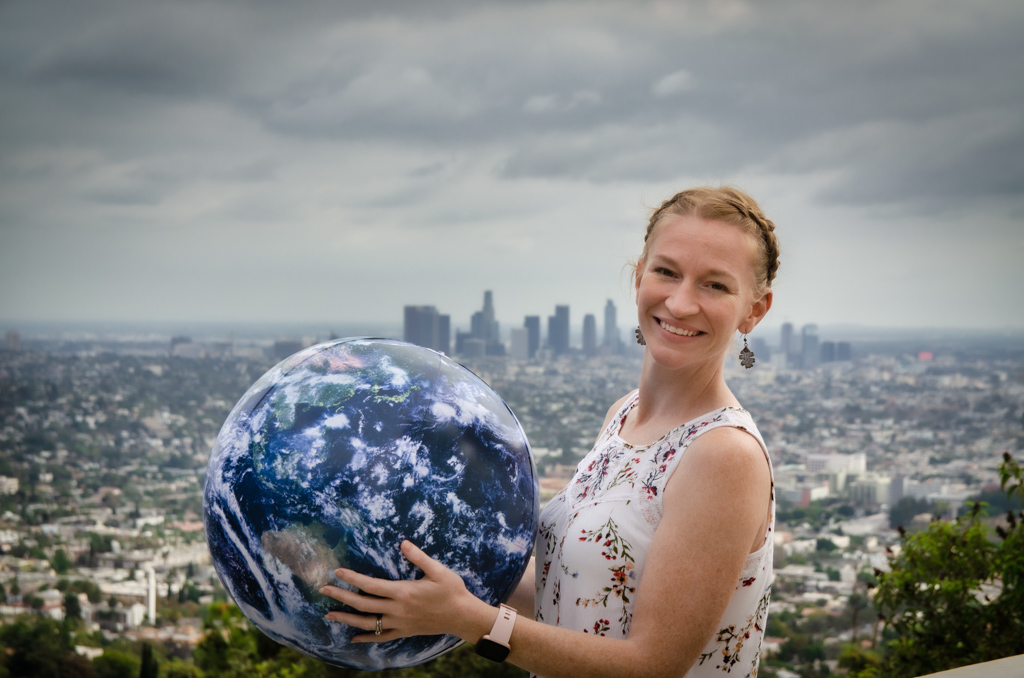
JPL is mostly known for its Mars rover missions (such as Spirit & Opportunity and the more recent rovers that you can read about in my first blog post) and deep space missions such as Voyager and Cassini. However, JPL also contributes significantly to Earth Science missions for NASA – missions that study our planet and help us better understand how it is changing. In fact, up to 25% of JPL’s business on average is dedicated to Earth Science, and most of my career at JPL thus far has been working on satellites that orbit and monitor the Earth.
In 2016, I started working on the Sentinel-6 project as the Integration and Test Lead for the AMR-C (Advanced Microwave Radiometer – Climate) instrument. Sentinel-6 will collect high precision altitude measurements of the oceans, and it is a continuation of ocean observation missions that started in the early 90s to better understand and predict the rising sea levels. This mission consists of two identical satellites, one that will launch this November from Vandenberg Airforce Base in California and one that will launch in 2025, to provide continuous ocean height measurements through 2030. There’s a nice video about the mission and some of the team members, “Behind the Spacecraft – Sentinel-6 Michael Freilich”, and you’ll see a familiar face around 0:06. :)
AMR-C is one of the science instruments on Sentinel-6, and my role was to lead a team of engineers and flight technicians to assemble, test, and deliver the instrument for the project. Prior to Sentinel-6, I had led and successfully completed multiple integration and test campaigns for other projects. These experiences certainly helped prepare me for my role and responsibilities on Sentinel-6, but the overall endeavor was considerably more challenging than I had anticipated. First off, my previous experiences were mostly with CubeSats, which are miniature satellites roughly the size of a toaster oven. I went from assembling and testing a whole satellite that I could carry by hand (~30 lbs) to assembling and testing a single instrument that required a crane just to move it from one spot in a room to another (~130 lbs).
Secondly, the AMR-C instrument is more complex than its predecessors from past missions. One of the great aspects of working at JPL is that every mission is unique and we are always pushing the envelope in pursuit of scientific discovery, which makes each project challenging in its own way. Of course, Sentinel-6 and AMR-C are no exception to this rule. Lastly, two AMR-C instruments had to be delivered for the two Sentinel-6 satellites where JPL missions typically only include one spacecraft and one of each science instrument (with spare parts on-hand just in case there are issues prior to launch). All of these aspects created new challenges for how to assemble, test, and qualify the AMR-C instrument(s) for space.
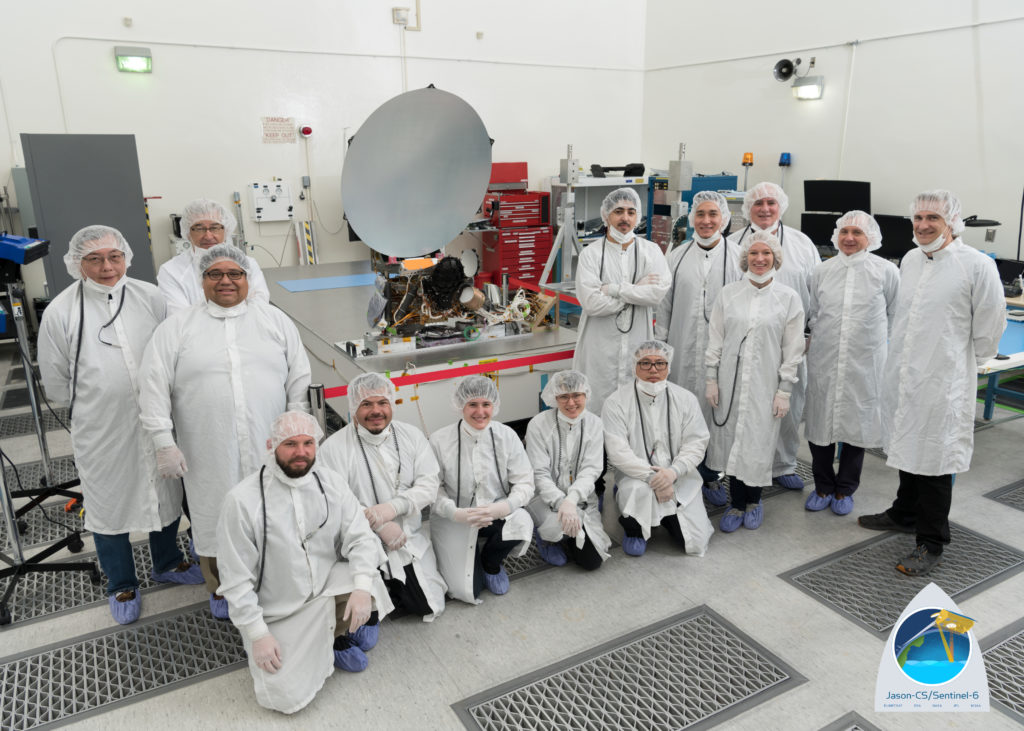
Fortunately I had an amazing team that helped me plan and complete this work. We successfully delivered the first AMR-C instrument in March 2019 and the second in November 2019. Airbus in Friedrichshafen, Germany is responsible for assembling and testing the full satellite for Sentinel-6, so both AMR-C instruments were flown internationally from California to Germany. In December 2019, I joined the team in Germany to inspect and test the second AMR-C instrument to confirm it had arrived safely at Airbus and was ready for the next phase – assembling it to the Sentinel-6 spacecraft. This concluded my work on Sentinel-6, and I’m very excited for the first satellite launch next month and to finally see AMR-C in action. Below are more fun pictures of my team and the fully assembled Sentinel-6 Michael Freilich spacecraft.
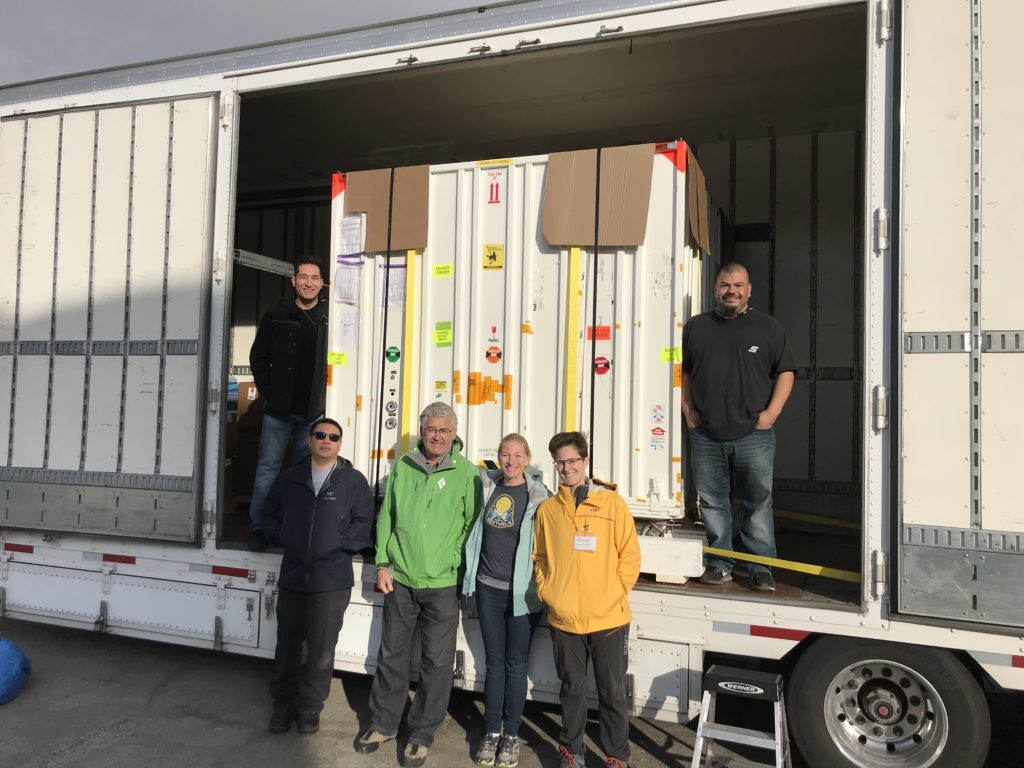
Farewell AMR-C #2 (Nov 2019) 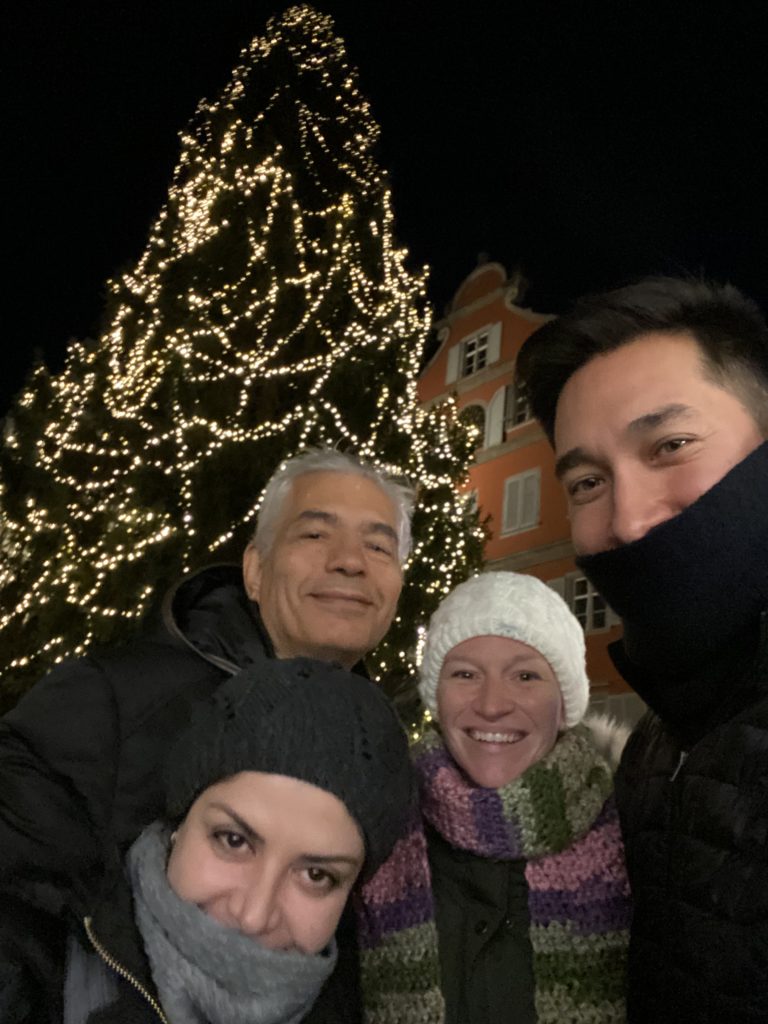
Christmas Market in Germany (Dec 2019) 
Since I work at JPL, I often get asked what my favorite planet is, and the answer is always Earth. Exploring other planets and our solar system is very exciting and valuable, but it’s also important to study our planet. There is so much we don’t yet understand and the Earth is changing in ways that are hard to predict. To be good custodians of this planet, the only home we have, we need to know how and why it is changing and we need to help mitigate the adverse causes and consequences of that change. Earth Science missions at JPL and NASA, such as Sentinel-6, aim to answer those questions and provide further insight into our evolving world.
P.S. Catch me for a live Q&A session on November 4th at 2pm PST as part of the “Behind the Spacecraft” series for Sentinel-6 (YouTube link). Here’s a quick promo video with a familiar dress. ;)
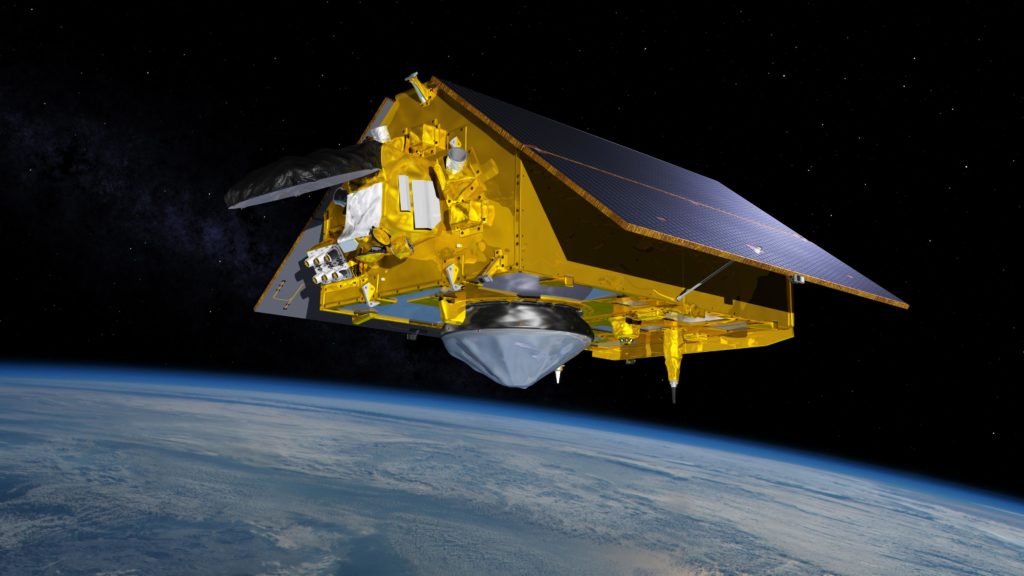

One thought on “Earth, My Favorite Planet”